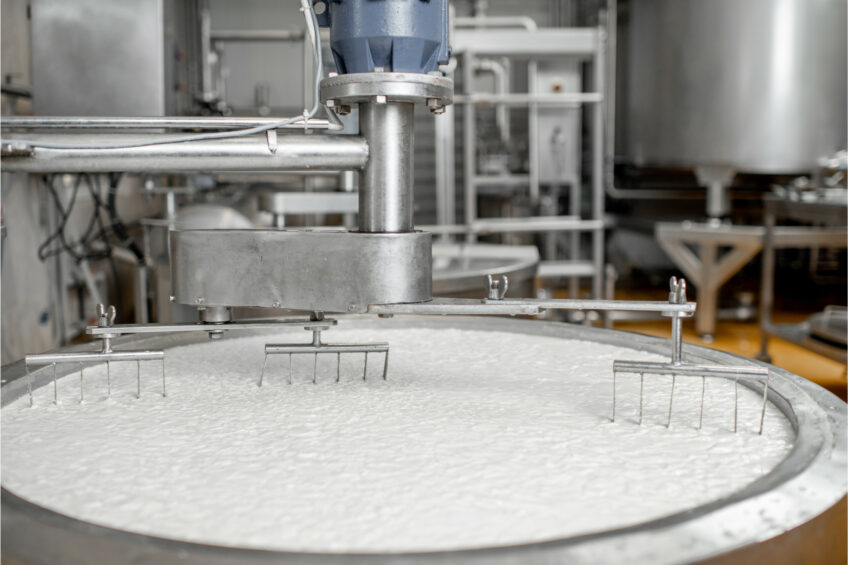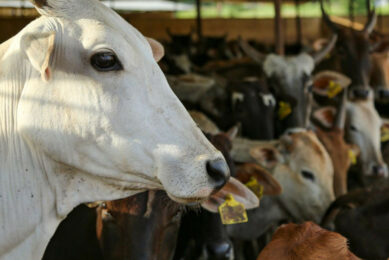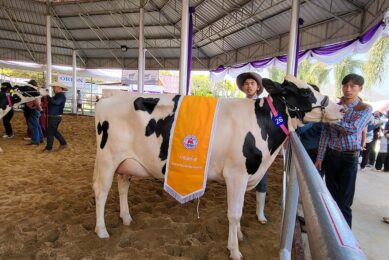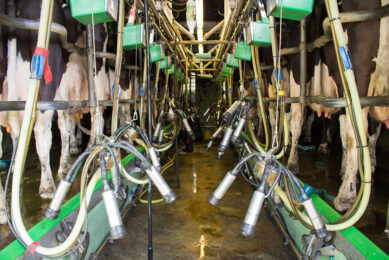Central Asia: Is self-sufficiency possible in dairy?

Following years of turbulence, Central Asian countries have embarked on plans to boost domestic supply with increased local production. Undoubtedly, the path towards self-sufficiency in the region will be one laden with challenges.
In previous years, from 2022 to 2023, Central Asian dairy markets were hit with supply disruptions, inflation, and as a consequence, price caps. But the push for self-sufficiency in dairy markets in this region is gaining momentum.
Kazakhstan plans for further growth
Self-sufficiency is high on the agenda in Kazakhstan, although the country’s membership in the Eurasia Economic Union (EEU), a Russian-led economic bloc, has slowed down the industry’s growth. Over the past 5 years, Kazakhstan’s dairy industry experienced growth output, said Vladimir Kozhevnikov, chief of the Kazakhstan Dairy Union. Since 2020, butter production has jumped by 64%, cheese by 49%, and fermented milk production by 12%. There is hope that the upward trend will pick up the pace in the coming years.
In early 2024, authorities in Kazakhstan rolled out plans to boost the dairy herd by 100,000 cows and milk production by 725,000 tonnes by 2029. In 2023, Kazakhstan produced 3.4 million tonnes of raw milk. Under the government plans, in the next 4 years, the country should double the share of raw milk produced at industrial farms – believed to be the cornerstone of the future growth in dairy production – to 1.2 million tonnes per year.
However, a hike in dairy imports from other EEU member states is a cause of substantial concern. During the first 9 months of 2024, Kazakhstan dairy imports climbed by 2.5% to US$288.2 million, the Dairy Union calculated. The increase is marginal, but the market players believe that it indicates that the import-replacement campaign has essentially stalled. Imports have grown since other EEU members are taking advantage of generous state support from their governments, Kozhevnikov claimed.
“Since January 2024, Russia has been reimbursing 100% of logistics costs to dairy exporters,” Kozhevnikov emphasised. When the EEU was established, the bloc members agreed to level out the state support mechanisms, like production and logistics subsidies, but this has never happened, Kozhevnikov said. Against this background, the Kazakhstan government also promised to boost the financial support of dairy farmers next year.
In 2024, the state funding of the agricultural industry development is set to grow by 20% to KZT 700 billion (US$1.46 billion), the government recently revealed. Most importantly, the volume of funding for subsidising interest rates on loans – the key support mechanism for dairy farmers – is set to expand by 200% compared with the previous year, reaching KZT 580 billion (US$1 billion).

Kyrgyzstan sets sights on new markets
Kyrgyzstan has historically always been a strong dairy manufacturer. However, the export potential in the neighbouring countries in the post-Soviet space is nearly exhausted, pushing local manufacturers to look at new promising markets. In the coming years, the country plans to ramp up dairy exports to China, the UAE, and Afghanistan, the Union of Livestock Breeders of Kyrgyzstan reported, citing a government plan.
To a degree, the export diversification is a forced move. In 2023, Russia imposed a temporary ban on Kyrgyzstan’s dairy products, citing safety concerns. Since Russia was the largest sales market, the move put the industry on the brink of collapse. The ban was removed a few months later, but the need for diverse exports has become clear.
During the first 11 months of 2024, Kyrgyzstan manufactured 1.7 million tonnes of milk, which is 2.3% up compared with the previous year, official government figures indicated. This pace of growth will likely be maintained by the end of the decade, forecast Azizbek Kirgizbaev, chairman of the Union of Livestock Breeders of Kyrgyzstan, during a recent industry conference in Ankara, Turkey.
However, dairy exports within Central Asia are also expected to rise. According to Kirgizbaev, in the coming years, the country should see its share in dairy exports within the region inch up to 15%. Remarkably, the Kirgizstan dairy industry is almost entirely represented by small breeders, with lank bank size limited to only 1-2 hectares and a herd of only 5-7 cows. The average milk yield is 2,000 kg per cow per year, Kirgizbaev said.
Milk quality in the spotlight in Uzbekistan
Import replacement is likely to be the key trend in Uzbekistan’s dairy industry in the coming years, as outlined by Akram Talibov, an independent dairy consultant, during the AqAltyn 2024 conference, a prominent industry event held at the end of 2024. However, the problem is that the country doesn’t share statistical data on dairy production, he indicated. In addition, the Uzbek market, primarily represented by national dairy products like kaymak and airan, is far from mature.
There is a constant shortage of high-quality dairy products on the market, Talibov claimed. The industry also suffers from a shortage of modern production facilities and the need for infrastructure development, he added. In 2023, Uzbekistan manufactured 11.97 million tonnes of raw milk, which was 2.5% more compared with the previous year, the Uzbek presidential office disclosed.
Despite some progress in import replacement, Talibov said imports still meet the lion’s share of demand in the Uzbek dairy market. The leading suppliers are Russia (with a share of 35.8%), Belarus (24.7%) and Iran (8.4%), he estimated. The largest imported product categories are cheese, fermented milk products, and dry milk.
Import-replacement in Uzbekistan is still hampered by weak infrastructure. Besides, growth in milk production lags behind the consumption growth. As unveiled during the AqAltyn 2024, consumption of dairy products in the country jumped by 10% compared with the previous year.
Turbulence in Tajikistan and Turkmenistan
In Tajikistan and Turkmenistan, which are the smallest and poorest countries of the region, economic turbulence continues, taking a toll on the dairy industry. For instance, in Tajikistan, milk production likely climbed by 5% in 2024 to 1.1 million. However, this shift is unlikely to make a big difference as the market is in depression amid a protracted economic crisis. As estimated by the State Statistical Agency, dairy consumption in Tajikistan has dropped by 40% since 2016 and is now equal to 42.3 litres per capita. Despite that, the average expenditure of the average household on dairy products soared by 300% over the past 8 years. Roughly 92% of milk in the country is manufactured by backyard farms, usually for personal consumption.
Occasional reports indicate that the picture is similar in Turkmenistan, though its economy is closed and almost no reliable data on dairy production and consumption is available. Dairy industries in both countries lacked investments in recent years, and the situation is unlikely to change in the foreseeable future.










